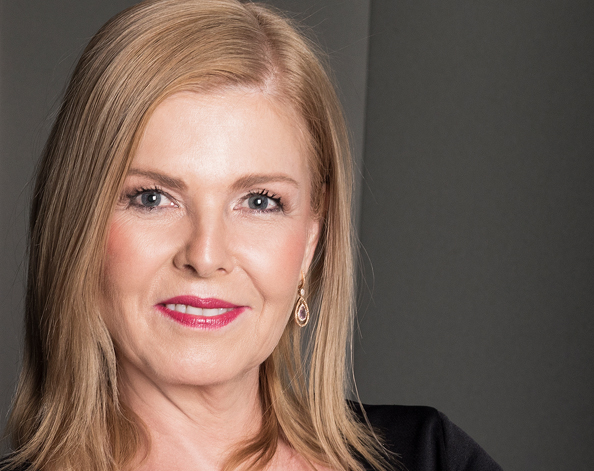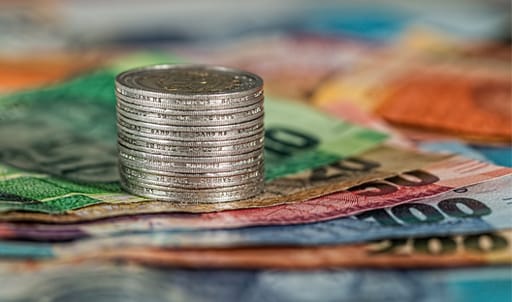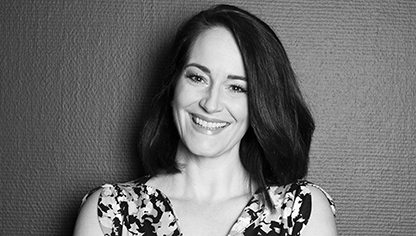Get Focus insights straight to your inbox
Q: Do you think the government’s R500bn stimulus package is enough to get us through this Covid-19 crisis?
A: Some people were hoping for an R1 trillion stimulus and others were surprised by the amount that President Ramaphosa announced. The fiscal support package amounts to 10% of GDP which is higher than that of G20 governments' 8%. Considering the limited fiscal space South Africa has following the effect of state capture on government finances, muted growth, and accelerating government debt levels, we think this is fair.
Q: The government explained that some of the R500bn will come from reprioritised spending of existing departments and some from the UIF- but the rest will need to be borrowed. So how much will be so-called “new money?”
A: Of the R500bn, R130bn will consist of the reprioritisation of departmental spending. The loan guarantee scheme of R200bn will involve the banks providing loans to small and medium-sized enterprises. So new spending amounts to nearly 4% of GDP.
The higher borrowing requirement of the government is likely to be financed from funds provided by International Financial Institutions (IFIs) such as the IMF. South Africa has indicated that it has approached the IMF to access $4.2 billion of the Rapid Financing Instrument facility. This is a facility made available for countries experiencing cash flow shortages arising from the negative growth effect of Covid-19. There are few strings attached to this facility, aside from good corporate governance in managing the spending of the funds.
Monetary and financial measures unveiled by the South African Reserve Bank will complement fiscal stimulus measures, estimated to inject more than R300bn into the economy.
The budget deficit is expected to accelerate from an initial forecast of 6.8% of GDP to more than 10%
Q: What impact will this massive lending have on our economy in the medium and long-term?
A: The combination of the contraction in growth on tax revenues and the fiscal measures is going to see a substantial acceleration in the government’s debt to GDP ratio over the next 12 months. The economy is expected to contract anything between 4% to 8% in 2020. The shortfall in revenues could be somewhere between R70bn to R100bn.

We have reached a point of no return. Without increasing the potential growth rate of the economy and its ability to create jobs, South Africa could be heading towards a debt trap.
Q: What needs to be done to address this growing budget deficit?
A: The only way to address the significant increase in the debt to GDP ratio is for the economy to start growing. It is critical that the government announces an economic growth plan as soon as possible. The past two years have seen the announcement of various reform initiatives under the Ramaphosa administration. And last year September, the Minister of Finance announced a growth strategy titled, “A Contribution towards a growth agenda for the South African Economy.” However, the government has been very slow to implement the structural reforms because of the factional infighting in the ANC and the ideological differences in the tripartite alliance. But now we have reached a point of no return. Without increasing the potential growth rate of the economy and its ability to create jobs, South Africa could be heading towards a debt trap.
Q: How does this economic crisis differ from others in history?
A: The effect of the Covid-19 pandemic on growth is unlike any in history. The lockdowns have caused a sudden stop in economic activity from both the demand and supply side. The global economy is likely to slide into a deep recession in the coming quarters with implications for supply-side chains, the employment rate, and government debt levels.
Unlike the Second World War, infrastructure has not been damaged which acts as a catalyst for demand and investment.

Q: What needs to be done to ignite growth in the SA economy post this crisis?
A: Fiscal measures such as the increase in social grants, payments from the UIF and bank loans are focused on supporting cash flows from households and companies. But the rebound in growth requires the productive capacity of the economy to expand.
Over the past decade, sectors like mining and manufacturing have come under immense pressure, with output levels flattening. South Africa is a very consumption-driven type of economy. Over the past ten years, consumption as a percentage of GDP increased from about 55% to more than 63%. Firstly, infrastructure and networks in the economy need to be fixed and modernised. This includes energy, water, transport, telecommunications and ports.
Q: How does introducing liquidity into the market increase demand, and can you explain the controversial practice of quantitative easing?
A: Quantitative easing is not a new concept and there are different types of quantitative easing. The Americans are implementing it is through the following channels: Firstly, the Fed has started to buy government bonds to provide liquidity to banks which can then extend this liquidity to the real economy. Secondly, the Fed also does so-called “portfolio rebalancing” which is when the central bank buys government bonds in the secondary market, the price increases and the yield comes down and investors search for higher-yielding assets. The third channel is the exchange rate. When the Fed starts adding liquidity to money markets that leads to an increase in the money supply. So, in America there are more dollars in circulation and the dollar would tend to depreciate. The liquidity provided by a Central Bank has to be directed by banks to the real economy through an increase in lending.
Q: What is the South African Reserve Bank doing, and how does it compare to or differ from what's happening in the US? Does it really matter that what they're doing is supposedly not quantitative easing in the classical sense?
A: The Reserve Bank’s version of quantitative easing is liquidity management. The Reserve Bank started its programme of purchasing government bonds at the end of March mainly because the bond market was not functioning properly. This means price discovery was not possible.
When the Covid-19 pandemic spread through global financial markets as international investors and corporates were all looking for dollars, emerging markets were liquidated to raise cash.
South Africa was acutely affected as foreign portfolio flows have long been an important source of funding for the current account deficit. Non-resident net selling of government bonds amounted to a record high of R55bn which contributed to the dislocation in the market.

Q: Should inflation and hyper-inflation be a concern given the actions the SARB has taken?
A: It would be a concern if the scale of Central Bank intervention by advanced economies had to be emulated in South Africa. The currencies of these banks are also reserve currencies. South Africa is a small and open economy. A permanent increase in SARB bond purchases would increase the supply of rand. The risk is if the rand continues to depreciate, this could translate into an acceleration in inflation.
Q: Do you think a wealth tax could be on the cards to get more money into the fiscus?
A: A wealth tax has long been debated, but when one considers the present state of the economy, a wealth tax is not the answer to the current challenges. No other country in the world is hiking taxes at present. It could be damaging and counterproductive when we already have fragile sentiment in the market. Wealth consists of investments and housing. South Africa already has a capital gains tax. A wealth tax is supposed to be paid from income, and when incomes are under such strain, the question is where will people generate the income to pay the tax? At this point in time, it just wouldn’t make sense.
Q: Do you think there's any chance that the government will use pension fund money to finance some of the budget deficit shortfall?
A: There is some support for the use of prescribed assets in certain quarters. I think the key issue here is that the fund management industry has long indicated that there are funds available to invest in the South African economy, especially in infrastructure projects, which will be one of the pillars to drive the recovery in growth going forward. But for that we need projects. So, this will also be closely monitored when the President announces phase three of how the economy will be revived.
Q: Could Covid-19 be the crisis that creates the political space to push through the structural reforms that Treasury has been talking about for years, and which ratings agencies like Moody’s seemingly doubt we can achieve?
A: Yes, I think this crisis provides an opening to start implementing reforms that have been under discussion for the past two years. We have reached a point now where we have to implement structural reforms or government debt levels could become unsustainable over the medium term. There is no longer any fiscal space left to rebuild the economy and the financial support various SOEs require, means the private sector has to be crowded in.
I think the silver lining of this crisis is in the current leadership of South Africa and the cooperation of the social partners in rising to the various challenges we’re facing.
About the author

Caroline Edey-van Wyk
Brand Editor
Colloquially known as Investec’s “storyteller,” Caroline curates and produces all the content that underpins Investec's Out of the Ordinary brand promise. She works across the business but specialises in the areas of Sustainability, CSI, Sponsorships and HR. Caroline holds a Bachelor of Journalism degree in Political Science and Broadcasting - cum laude. Before she joined Investec she was a broadcast journalist at Sky News and eNCA.




